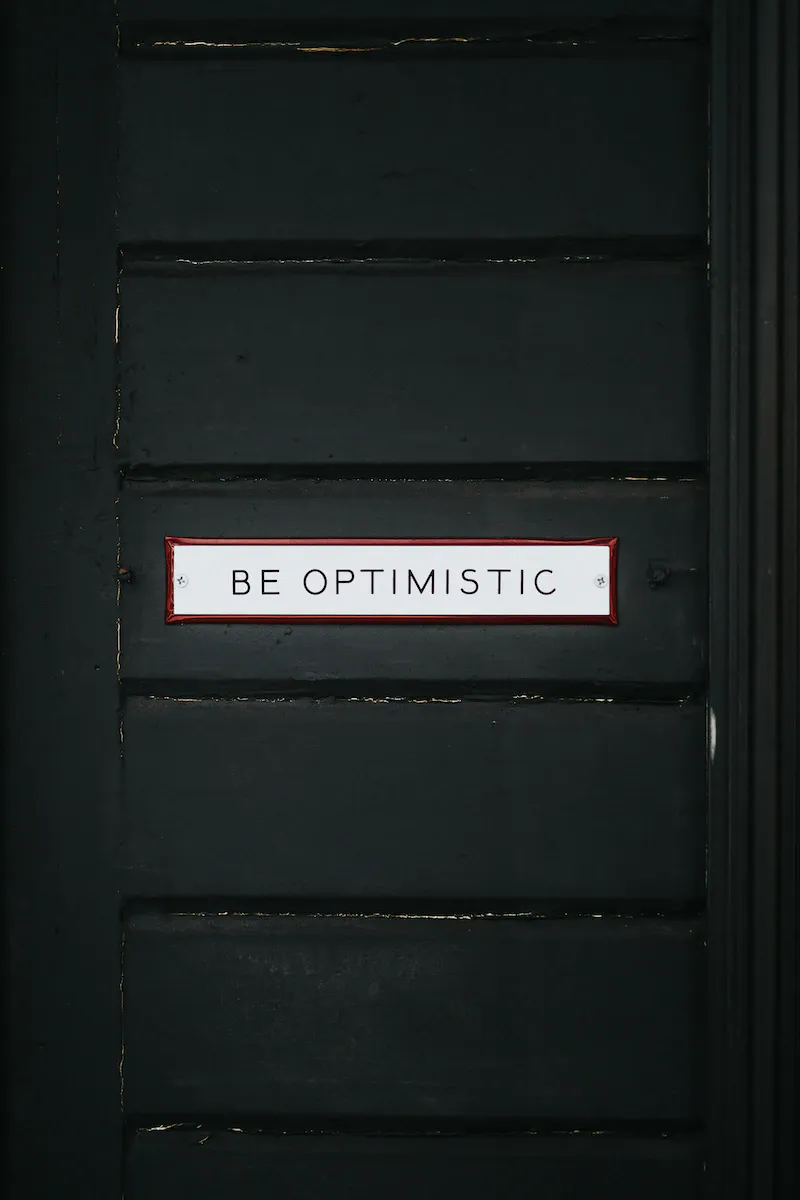Exploring Gender Identity and Sexual Orientation: Understanding the Complexity of Self-Identity

The Perplexity of Sexual Identity: A Personal Account
As a college student in 1989, I found myself in a constant state of confusion when it came to my sexual identity. I enjoyed flirting with everyone, but this always led to questions that I struggled to answer. Was I a man or a woman? Did I want to flirt with men or women? Did it matter? The questions seemed to be never-ending, and it caused a lot of chaos in my life.
One day, I walked into the theater with a new look. I had a military flattop and was wearing a suit, and I felt more confident and sexier than ever before. To my surprise, the girl who had never given me the time of day before winked at me and said hi. It was a small moment, but it meant a lot to me.
However, Stephanie Arnold, my undergraduate theater professor, was the one who gave me the nod that really validated my sense of self. Stephanie was the kind of teacher who made you want to impress her, and I always aimed to do so. When she smiled at me and gave me her approval, it felt like a huge victory.
I started to question the labels that society places on sexual identity. The Kinsey Scale and Klein Orientation Grid only offered limited answers, and I wanted to explore this topic more in-depth. I found Egan and Perry’s Multi-Dimensional Gender Identity Model, which really touched with me. It factored in five major components of one’s sense of self, which helped me to understand myself better.
It’s important to realize that sexual identity is not a fixed concept. It’s constantly in motion, and it’s okay to explore different aspects of ourselves. We’re all in this together, no matter how typical or queer we may seem to be. At any given moment, we have the potential to change and grow, and that’s something that we should hug.
Breaking Free from Gender and Sexual Identity Labels
Society often pressures us to fit into rigid gender and sexual identity labels, but what if we challenge those labels and hug the full spectrum of human experience?
The Kinsey Scale and Klein Orientation Grid offer some insight into sexual identity, but they still fall short in capturing the complexity of our individual experiences. It’s important to remember that our desires and actions are not always consistent over time and may not fit into these traditional labels.
Furthermore, our sense of gender identity is also more fluid than we may realize. Egan and Perry’s Multi-Dimensional Gender Identity Model takes into account five major components of our sense of self, including how we feel about our gender, our past experiences, and our ideal future.
So why do we still cling to these labels? It’s time to break free from the limitations that they impose on us and hug the full spectrum of human experience. It’s okay to be uncertain or to explore different aspects of ourselves.
We should celebrate the diversity of human experience and create a more inclusive society where everyone can feel comfortable being themselves. Let’s challenge these labels and hug the complexity of our individual experiences.
The Power of Validation: How Stephanie Arnold’s Approval Helped Me Accept Myself
Validation from others can be a powerful thing, especially when it comes to our sense of self. For me, Stephanie Arnold’s approval was a significant moment that helped me accept and hug my true identity.
Stephanie was my undergraduate theater professor, and she was known for being smart, feminist, and compassionate. I always aimed to impress her, and when I was really good, she would give me her approval. But in 1989, Stephanie’s department was in chaos, and I was at the center of it all. My confusion around my sexual identity was causing chaos in the theater, and Stephanie was not happy.
One day, I walked into the theater with a completely new look. I was wearing a suit and had a military flattop, and I felt sexier than ever before. Stephanie looked me over, smiled, and gave me the nod of approval. It was a small moment, but it meant everything to me.
That moment of validation helped me to feel more confident in my sense of self, and it gave me the strength to stand tall. It was a reminder that it’s okay to be who we are, no matter how we may be labeled by society.
Validation from others can help us to see ourselves in a more positive light, and it can be a crucial step towards self-acceptance. We all deserve to be seen and accepted for who we truly are, and sometimes, a simple nod of approval can be all it takes to help us on that journey.
Exploring Sexual Identity: Understanding the Kinsey Scale and Klein Orientation Grid
Sexual identity is a complex and nuanced aspect of our lives, and traditional labels may not capture the full spectrum of human experience. The Kinsey Scale and Klein Orientation Grid are two models that offer insight into sexual identity, but they have their limitations.
The Kinsey Scale is a seven-point scale that measures an individual’s sexual attraction and experiences with people of the same or opposite sex. While the Kinsey Scale is helpful in understanding sexual identity, it’s important to remember that it doesn’t capture the complexity of individual experiences and desires.
The Klein Orientation Grid, on the other hand, takes into account seven different vectors of sexual orientation and gender identity separately, including past experiences, present identity, and ideal future identity. This model offers a more comprehensive understanding of sexual identity and gender expression.
It’s important to remember that sexual identity and gender expression are not fixed and may change over time. The Kinsey Scale and Klein Orientation Grid are helpful in understanding sexual identity, but they are not the only models that exist. It’s essential to hug the diversity of human experience and challenge traditional labels that may not fully capture the complexity of our individual experiences.
Ultimately, understanding sexual identity and gender expression is a personal journey that may look different for each individual. It’s okay to question traditional labels and hug the full spectrum of human experience. Let’s continue to explore and learn about sexual identity and gender expression in a way that is inclusive, respectful, and enabling.
Understanding Gender Identity: Exploring Egan and Perry’s Model
Gender identity is an integral part of our identity and can have a significant impact on our lives. Egan and Perry’s Multi-dimensional Gender Identity Model offers a comprehensive understanding of gender identity and the factors that shape it.
The model consists of five components: biological sex, gender identity, gender role, gender expression, and sexual orientation. These five components interact with each other to shape an individual’s gender identity.
Biological sex is the first component and refers to an individual’s physical characteristics. Gender identity, on the other hand, refers to an individual’s internal sense of being male, female, or non-binary. Gender role refers to the behaviors and expectations that society assigns to different genders, while gender expression is how an individual expresses their gender identity to the world.
Finally, sexual orientation refers to an individual’s romantic or sexual attraction to others, and it is important to note that it is not the same as gender identity.
It’s important to remember that gender identity is not binary and can be complex and nuanced. The Multi-dimensional Gender Identity Model offers a comprehensive understanding of the different components that shape an individual’s gender identity.
By understanding the different components of gender identity, we can gain a better understanding of ourselves and others. We can also challenge traditional gender norms and create a more inclusive and diverse society.
Ultimately, our gender identity is an integral part of who we are, and we should hug and celebrate the diversity of human experience. Let’s continue to explore and learn about gender identity in a way that is inclusive, respectful, and enabling.
Beyond Linear Scales: A Holistic View of Gender and Sexuality
Gender and sexuality are complex and multifaceted, and our understanding of them is constantly evolving. In our society, we often think of these concepts in binary terms, with linear scales to measure masculinity/femininity and heterosexuality/homosexuality. However, this view is limiting and does not fully encompass the diversity of human experience.
Instead, we should hug a more holistic view that recognizes the fluidity and complexity of gender and sexuality. Masculinity and femininity should not be seen as opposing forces, but rather as complementary aspects of an individual’s identity. Similarly, heterosexuality and homosexuality should not be seen as mutually exclusive categories.
Rather than placing individuals in restrictive boxes, we should recognize that gender and sexuality exist on a spectrum. People can identify as non-binary, genderqueer, or other gender identities that do not fit within traditional binary definitions. Similarly, individuals can experience attraction to people of various genders, rather than being restricted to a single category.
By moving beyond linear scales and hugging a more inclusive view of gender and sexuality, we can create a more accepting and supportive society. Let’s celebrate the diversity of human experience and challenge traditional norms that limit our understanding of these important aspects of our identity.
Ultimately, it is up to each individual to define their own gender and sexuality. By acknowledging the complexity and fluidity of these concepts, we can create a world where everyone is free to express themselves in a way that is authentic and true to who they are.
The Dynamic Nature of Identity: Hugging Change and Possibility
Our identities are constantly in motion, always shifting and adjusting as we move through life. This is especially true when it comes to our gender and sexual identities, which are complex and multifaceted.
As I reflect on my own journey, I am reminded of the importance of hugging change and possibility. Like many people, I have struggled with questions about my own identity, wondering who I am and where I fit in. But over time, I have come to see that our identities are not fixed or predetermined. Instead, they are shaped by our experiences, relationships, and the world around us.
One way to understand the fluidity of identity is to think about it in terms of circles, rather than linear scales. For example, masculinity and femininity can be seen as different parts of an identity circle, rather than opposite ends of a spectrum. Similarly, heterosexuality and homosexuality can be seen as different parts of a sexuality circle.
What this means is that our gender and sexual identities are not simply binary categories, but rather, they are dynamic and multidimensional. We are all positioned differently on these circles at different times in our lives, and there is always the potential for movement and growth.
Of course, this can be challenging and even frightening at times. We may worry about how others will perceive us, or whether we will be accepted. But ultimately, I believe that hugging the possibility of change is essential to our growth and well-being.
So if you find yourself questioning your own identity, or feeling unsure about where you fit in, know that you are not alone. We are all on a journey of self-discovery, and there is no one right way to be. Instead, let us hug the complexity and fluidity of our identities, and open ourselves up to the possibility of change and growth.
Hugging Possibility and Change in Our Self-Positioning
As human beings, we are constantly evolving and changing. Our experiences, beliefs, and understanding of ourselves and the world around us are constantly in flux. It’s natural for our self-positioning to shift over time as we gain new insights and perspectives.
However, sometimes it can be challenging to let go of old self-positions and hug new possibilities. We may feel attached to our previous beliefs and identities, and the idea of change can be scary or uncomfortable. But by hugging the potential for growth and transformation, we can expand our understanding of ourselves and the world.
One way to do this is to approach our self-positioning with an open mind and a willingness to explore new possibilities. This may involve questioning our assumptions and challenging our preconceived notions about ourselves and others. By doing so, we create space for new ideas and perspectives to emerge, and we open ourselves up to new experiences and ways of being.
It’s also important to remember that our self-positioning is not set in stone. We have the power to shift and evolve our identities over time, as we gain new insights and experiences. By hugging this potential for change, we can create a more authentic and fulfilling sense of self.
In conclusion, hugging possibility and change in our self-positioning can be a powerful way to grow and evolve as individuals. By approaching our identities with openness and curiosity, we can expand our understanding of ourselves and the world around us, and create a more fulfilling sense of self.
Conclusion
Exploring and understanding gender and sexual identity can be a complex and challenging journey, but it is also an essential one. Our identities are constantly evolving, and it is important to hug the possibility of change and growth in our self-positioning.
We have seen how models such as the Kinsey Scale, Klein Orientation Grid, and Egan and Perry’s Model can help us understand and navigate the nuances of gender and sexuality beyond linear scales of masculinity and femininity or heterosexuality and homosexuality. By hugging the diversity and fluidity of human experience, we can create a more inclusive and accepting world.
It is important to remember that these models are just tools and not definitive labels. Each individual’s journey is unique, and it is up to us to respect and support each other in our individual paths. By hugging our complexity and diversity, we can create a society that values and celebrates every individual, regardless of their gender or sexual identity.
In conclusion, let us continue to explore and hug the complexity of our identities with open hearts and minds, recognizing that our differences are what make us beautiful and unique.




